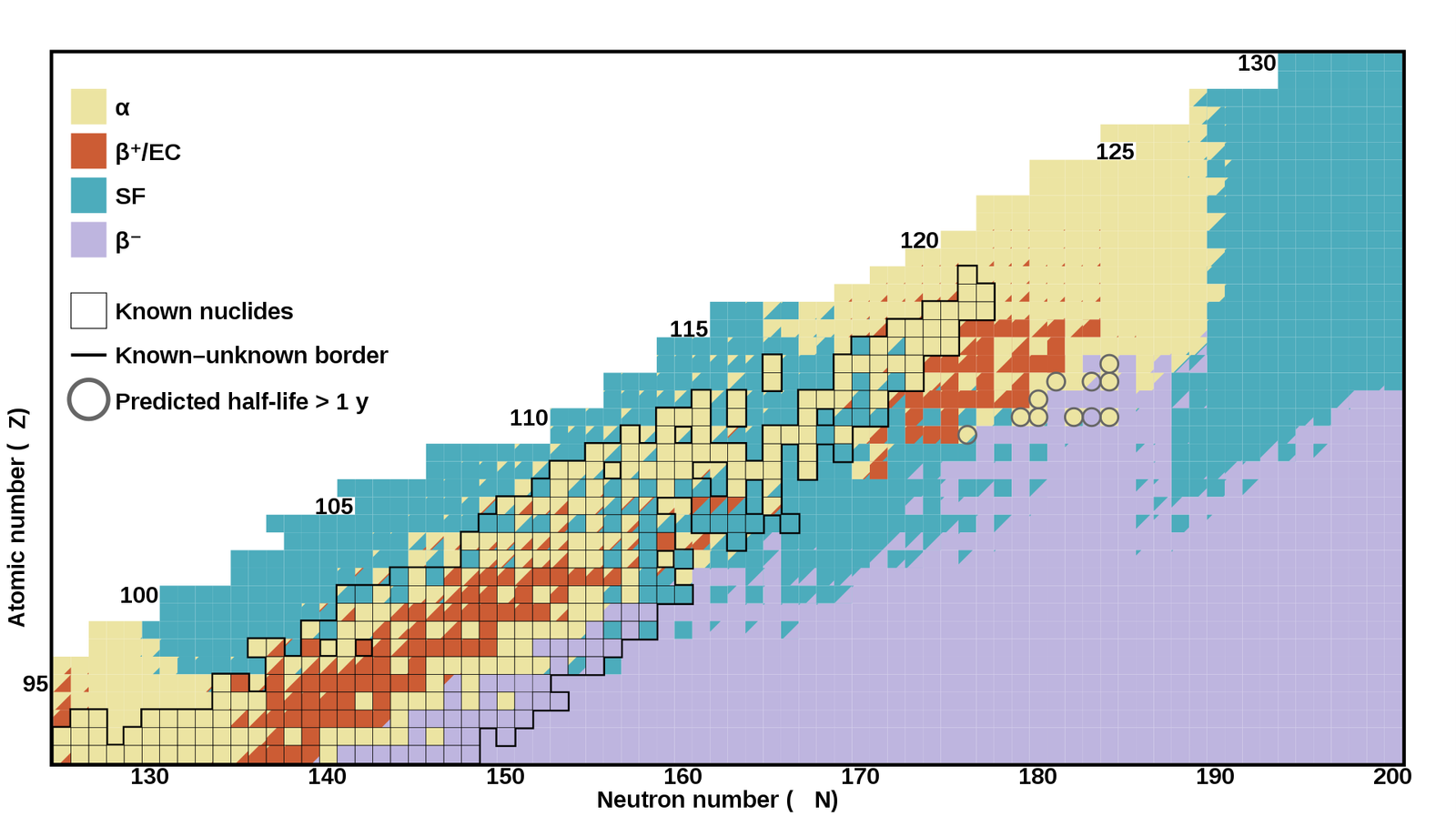On November 9, 1994, scientists at the Gesellschaft für Schwerionenforschung (GSI) in Darmstadt, Germany, made a groundbreaking announcement. They had successfully created a new element called darmstadtium, with atomic number 110. This discovery marked a significant milestone in the field of chemistry and expanded our understanding of the universe.

Darmstadtium created for the first time.
The creation of darmstadtium involved a complex process known as nuclear fusion. Scientists at the GSI laboratory used a particle accelerator to collide nickel and lead atoms together at high speeds. Through this collision, the atomic nuclei of the two elements merged, resulting in the formation of darmstadtium.
While the discovery of darmstadtium was a remarkable achievement, it was not an easy task. The element is highly unstable and has a very short half-life, making it challenging to study. However, scientists were able to confirm its existence through careful analysis of the decay products produced during the experiments.
One of the key reasons for the interest in darmstadtium is its position in the periodic table. It belongs to the group of elements known as the transactinides, which are located beyond the actinide series. These elements have atomic numbers higher than 103 and are characterized by their extreme instability. Studying transactinides like darmstadtium provides valuable insights into the properties and behavior of superheavy elements.
The discovery of darmstadtium also had implications for the theory of nuclear shell structure. The shell model, which describes the arrangement of protons and neutrons in an atomic nucleus, predicted the existence of so-called “magic numbers” that correspond to especially stable configurations. The creation of darmstadtium confirmed the presence of a new magic number, further validating the shell model’s accuracy.
Since its discovery, darmstadtium has been the subject of extensive research. Scientists have conducted experiments to study its chemical properties and investigate its potential applications. However, due to its short half-life and limited availability, practical uses for darmstadtium have yet to be realized.
It is worth noting that the discovery of darmstadtium was a collaborative effort involving scientists from various institutions and countries. The GSI laboratory in Darmstadt played a central role in the research, but contributions from international teams were crucial in confirming the results and expanding our knowledge of this element.
Overall, the discovery of darmstadtium in 1994 was a significant achievement in the field of chemistry. It not only added a new element to the periodic table but also contributed to our understanding of nuclear structure and the creation of elements. While darmstadtium’s practical applications may be limited, its discovery has paved the way for further exploration and advancements in the field of superheavy elements.

